Sieek
Location-based Platform for Selling and Purchasing
Products and Services
Products and Services
OVERVIEW
Sieek the global platform for selling and buying products and services. In the center of the product is the item. The product is helping users to find all the information they could request searching for item. For the first stage, the central feature was to create an online store with minimum efforts and absolutely for free. Users got all the information to find a shop and get item offline. It's a good opportunity to find items they need nearby.
Sieek the global platform for selling and buying products and services. In the center of the product is the item. The product is helping users to find all the information they could request searching for item. For the first stage, the central feature was to create an online store with minimum efforts and absolutely for free. Users got all the information to find a shop and get item offline. It's a good opportunity to find items they need nearby.
MY ROLES
+ UX/UI Designer
+ Visual Designer
OUTCOME
+ Mobile App Design
+ Styleguide
+ UX/UI Designer
+ Visual Designer
OUTCOME
+ Mobile App Design
+ Styleguide
Problem
How to unify buyer and seller user scenarios
for total profit?
for total profit?
World of goods and services. Process of buying thing nowadays like:
1 google for the item (~10 sec)
2 figure out with all the links you get (from ~30 sec to infinity)
Or even more complicated, you want to find the thing offline:
1 open map app with your request (~10sec)
2 study the result (from ~30 sec to double infinity)
These processes are far away from perfection, and you never sure about the result. You still need to do a lot of work for yourself to buy something. Shops are closing and opening every day, how not to get frustrated? In the other hand let's think about sellers. As a seller, you have not less but even more problems. You have to spend a lot of time and money to be closer to your potential buyers. And you never know where are you standing comparing to competitors.
1 google for the item (~10 sec)
2 figure out with all the links you get (from ~30 sec to infinity)
Or even more complicated, you want to find the thing offline:
1 open map app with your request (~10sec)
2 study the result (from ~30 sec to double infinity)
These processes are far away from perfection, and you never sure about the result. You still need to do a lot of work for yourself to buy something. Shops are closing and opening every day, how not to get frustrated? In the other hand let's think about sellers. As a seller, you have not less but even more problems. You have to spend a lot of time and money to be closer to your potential buyers. And you never know where are you standing comparing to competitors.
How to get total profit for stakeholders?
Solution
The platform which is focused on the common point of interest for both sides
The solution was to focus on the goal of buyers and sellers. The satisfaction of all of them is depends on the item with proper conditions. Users want to find it and sellers want to sell it. So the important part of UX design it was to create good user scenarios to define the way to build architecture. Another important side was in collaboration with other services and applications. As a realtime location application, Sieek was going to use Google Maps as an important resource.
Two sides: buyers and sellers
In the center of the design is a product/service that a buyer is looking for. The final checkpoint of the user scenario is to lead a buyer to an item. Working with Sieek I applied such types of information architecture as categories, tasks, search, people. On the scheme below, you can see the user journey prototype that includes all the stages and products users could use on their way.
BUYER'S SCENARIO
The item card is the most important part of the product. It could be final point of search or only a start. Users can interact with the interface and continue searching for informations they need. You can move forward with the store when the product has to be, for example find a route, or you can continue surfing via category its belongs.
ITEM CARD
The goal of the sellers is to sell their products or services. So they can use Sieek application to promote their stores and products and to get feedback. You can create an online store fast and absolutely for free and be the part of the system and to be informed about your competitors and market trends.
SELLER'S SCENARIO
Shop page is the central place of seller's iteration. In Sieek you get the opportunity to build a presentation of your business. Every shop is connected to the database to perform the idea of a free market platform of goods and services. Shop feature has good potential for marketing purposes as analytics and promotion.
SHOP PAGE
Android app screens
Is that seems interesting? Check more:
Product Designeress
Custom Medieval Costumes, Armor and Armory Store
Medieval Weapons production and selling
Solid VPN with Young Spirit
Residential Proxy Service

